Abstract:
This paper adopts a comprehensive analysis framework of DEMATEL - ISM - MICMAC to deeply analyze the importance, hierarchical relationships, and attribute characteristics of risk factors during the construction period of urban underground utility tunnels, and conducts a systematic study of these risk factors. Taking Qingdao as a case study, 29 key risk factors are identified and sorted out. Through the DEMATEL method, the influence degree, being - influenced degree, cause degree, and centrality of each factor are quantitatively analyzed to study the importance of each factor. Subsequently, with the help of the ISM method, the hierarchical relationships among the factors are sorted out, and the factors are divided into a multi - level hierarchical structure, providing a hierarchical perspective for risk management. Finally, the risk factors are classified through the MICMAC analysis method into autonomous, dependent, connected, and independent types to determine the factors that have the greatest impact on the system. The research results show that the risk factors during the construction period of urban underground utility tunnels do not exist in isolation but are interrelated and mutually influential. The research conclusions provide a theoretical basis for risk management in the construction stage of urban underground utility tunnels, helping to optimize risk management strategies and reduce potential risks during the construction process.


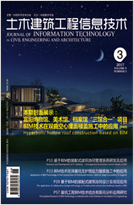
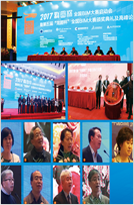
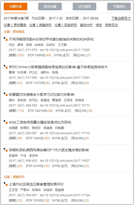
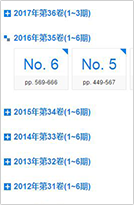

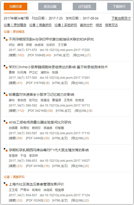
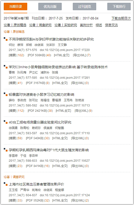

 下载:
下载: